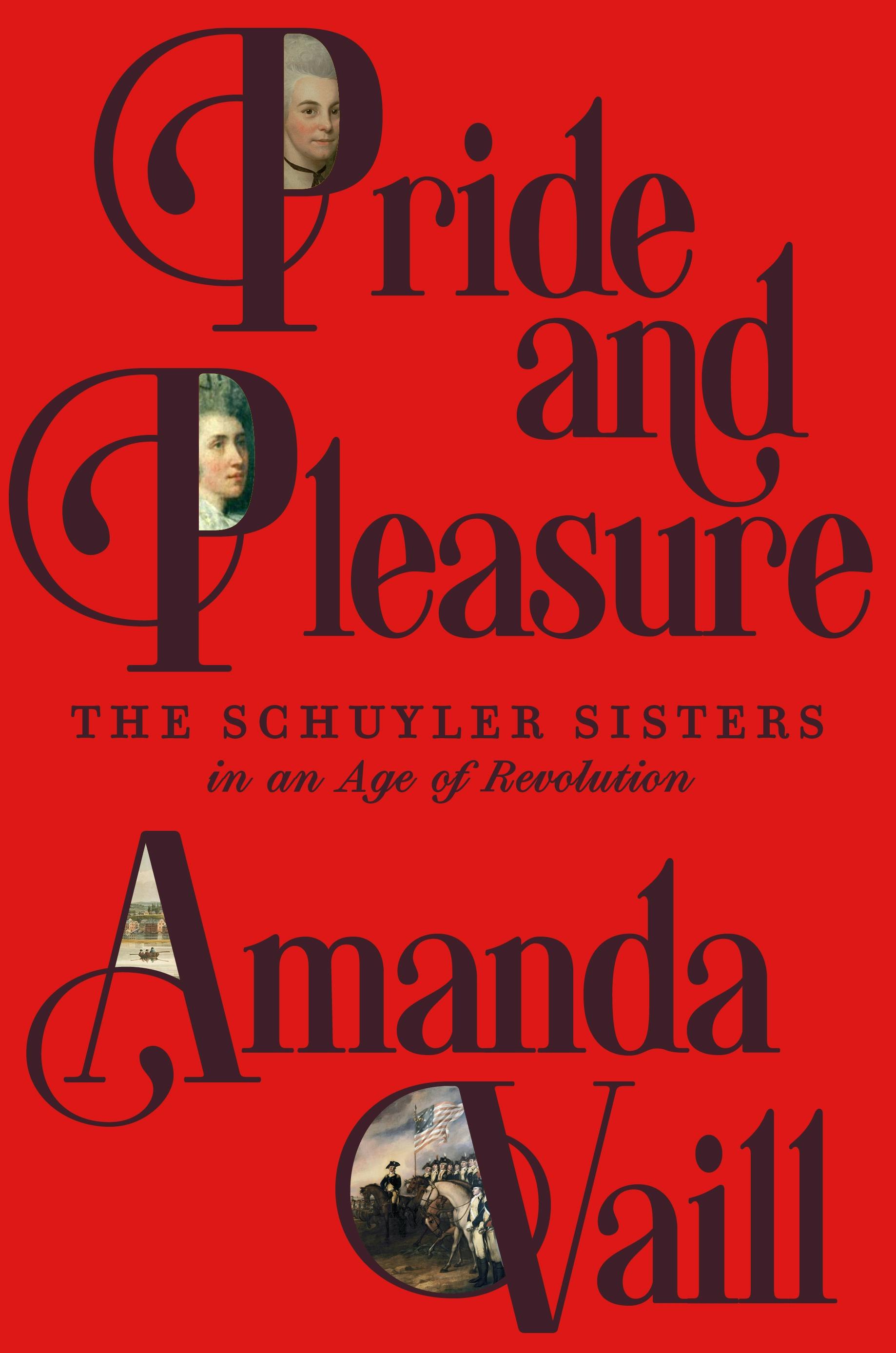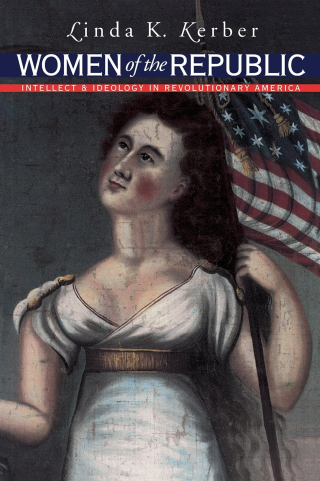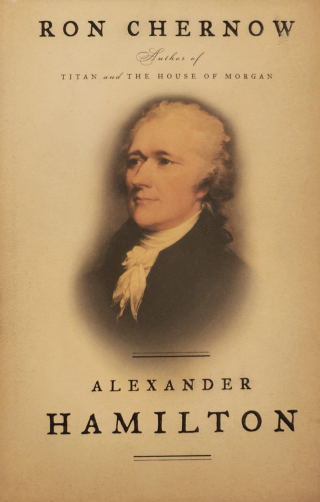Washington, Adams, Hamilton, Jefferson, Franklin; rinse and repeat: A new life of one of the Revolution’s male heroes appears in bookstores most years around Father’s Day. In the 1990s, a time of crisis for the publishing industry, Founders’ biographies revived an old tradition. At least since 1800, when Parson Weems published his Life of Washington, biography has been the medium through which most Americans have understood the birth of their country. That is not a bad thing: The genre admits nuance, with every human life as patterned yet unique as a fingerprint. And it insists that everyone, past and present, lives in both epochal and personal time, making and made by history.
So, too, Amanda Vaill’s Schuyler sisters. Staking a claim not just to the significance of her protagonists but also to her own stature as a portraitist in the grand manner, Vaill builds on some of the most compelling writing about women in early America, which has peered into the households of famous men, drawing on ample records to cast light in otherwise shadowy corners. Annette Gordon-Reed’s The Hemingses of Monticello (2008) made Sally Hemings, from whom not a word survives, a figure crucial to understanding the workings of power in the early American republic. Jill Lepore deftly explored the chiaroscuro nature of famous-man/hidden-woman histories in Book of Ages: The Life and Opinions of Jane Franklin (2013), her biography of Benjamin Franklin’s sister.
The Schuyler sisters’ proximity to male power similarly helps them assert main-character status. Eliza, Angelica, and Peggy may not have been “in the room where it happened,” as Lin-Manuel Miranda puts it. But a lot of things did happen in the elegant rooms where they lived and loved. Born into a wealthy Dutch landowning clan in upstate New York, they led a cosmopolitan and politically connected existence, surrounded from childhood by political ferment. The combination of their privilege and their family’s mobility—scattered by war, public service, and personal ambition—created a rich trove of correspondence, more of which has surfaced since Chernow published Hamilton.
The short life of Alexander Hamilton both feeds and fetters Vaill’s project. The book opens with his violent death, in 1804, before he turned 50. By then Peggy was dead, her health having declined after a string of miscarriages. Angelica had barely a decade left, but Eliza lived another half century. Tragic though Hamilton’s early death was, it offers Vaill a rare opportunity: less time to worry about the capital-F Founder dominating the foreground, and more space in which to figure out what flavor and texture that whole new cake might have. It also creates a rare burden: Can Eliza make history on her own?


